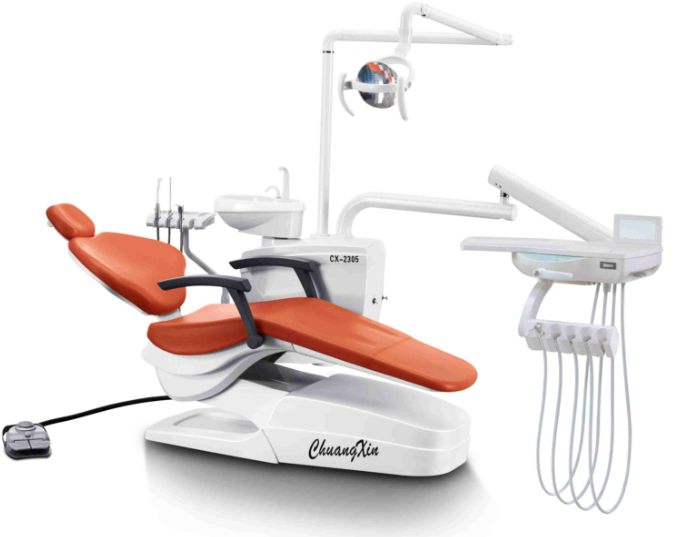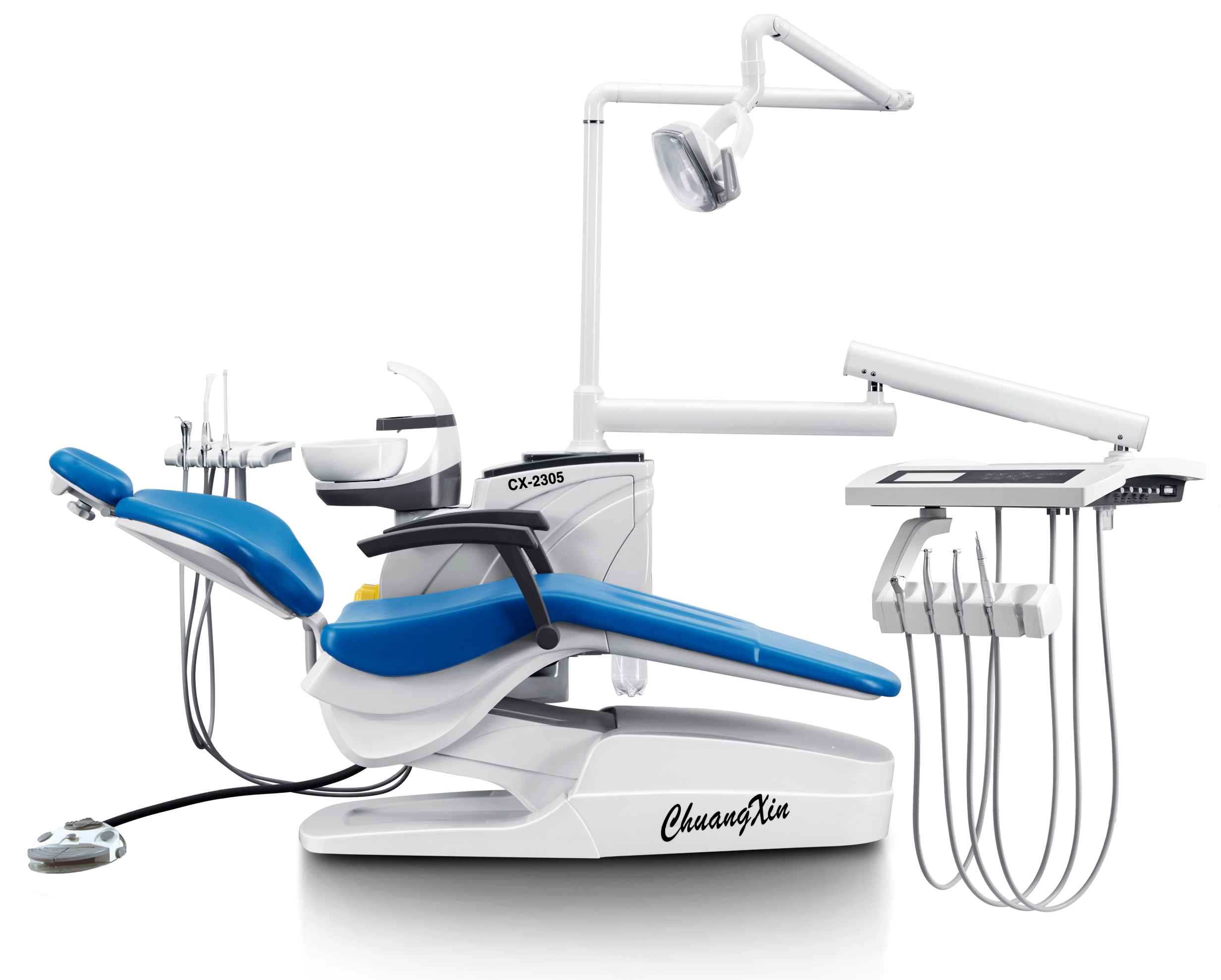Dental trays are the essential equipment of every dental procedure, quietly but efficiently holding an array of essential tools that aid dentists in providing quality oral healthcare. These trays are meticulously designed to organize, sterilize, and house various instruments, ensuring a smooth workflow and optimum patient care.
Most people may underestimate the importance of dental trays because they look unnoticeable. In this post, the author will guide you to learn the importance of the dental tray.
A dental tray is a tool used by dentists to organize and hold dental instruments during procedures. It's typically made of plastic or metal and comes in various sizes and shapes to accommodate different procedures and instruments. The tray helps keep the instruments organized, easily accessible, and sterile during dental treatments. It assists dentists in maintaining a clean and efficient workspace while working on a patient's oral health.

As essential tools, dental trays have developed various types for different purposes and specific procedures.
●Impression Trays: Used to take impressions of teeth and oral tissues for various purposes like creating crowns, bridges, dentures, or studying the structure of the oral cavity. They can be categorized into stock trays (premade in various sizes), custom trays (individually fabricated for a patient), and special trays (designed for specific procedures).
●Instrument Trays: These trays hold dental instruments during procedures, ensuring easy access and organization. They help dentists keep their tools organized and readily available.
●Curing Trays: Designed for holding materials that need to be cured or set using light, such as composite fillings. These trays are often used in restorative procedures to expose the materials to curing lights.
●Orthodontic Trays: Used in orthodontic procedures to organize and hold orthodontic instruments, brackets, bands, wires, and other materials required for treatments like braces or aligners.
●Surgical Trays: Specifically designed for surgical procedures, holding various surgical instruments needed during oral surgeries.
●Endodontic Trays: Used in root canal treatments, these trays hold instruments and materials required during the procedure, like files, reamers, and sealants.
●Disposable Trays: Often made of plastic or other disposable materials, these trays are used for single-use purposes to maintain sterilization standards and reduce the risk of cross-contamination between patients.

A simple dental tray actually benefits the dentists a lot. In this section, the author would introduce you the uses of the dental tray.
Dental trays offer a controlled and precise way to deliver materials into the oral cavity. Whether it's impression materials for creating accurate molds of teeth or delivering fillings or whitening agents, the tray ensures the material is placed exactly where needed, minimizing errors and ensuring accurate results.
Custom-fitted trays enhance patient comfort during procedures. They are designed to fit the unique contours of a patient's mouth, reducing discomfort and allowing patients to remain still and relaxed during treatment. This often leads to greater patient satisfaction with the overall dental experience.
The use of trays ensures consistent coverage and distribution of materials across the treatment area. This uniformity is crucial in achieving reliable and predictable outcomes, especially in procedures like taking impressions where accuracy is paramount.

Dental Chair Unit Assistant Tray
Dental trays enable multitasking for dentists. While materials like impressions are set, dentists can attend to other aspects of treatment, optimizing time and increasing overall efficiency in the dental office.
By providing a controlled environment for material application, dental trays help minimize the wastage of expensive materials. The precisely measured quantities used in trays result in reduced excess material, contributing to cost-effectiveness in dental procedures.
Dental trays can be tailored for various procedures and patient needs. Whether it's a simple fluoride treatment or a complex impression for a crown or bridge, dental trays can be customized accordingly, ensuring the procedure's success and comfort for the patient.
Dental trays are designed for ease of use by dental professionals. Their straightforward design makes them simple to handle and apply, streamlining the treatment process and reducing the likelihood of errors.
In certain treatments like teeth whitening, where patients might have take-home kits, trays facilitate easier and more effective use of the prescribed materials, increasing patient compliance and, consequently, treatment effectiveness.
Finally, the dental tray stands as an indispensable tool in the arsenal of every dentist, contributing significantly to the seamless execution of dental procedures. Its role in maintaining hygiene, organization, and efficiency cannot be overstated, making it a cornerstone of modern dental practice.